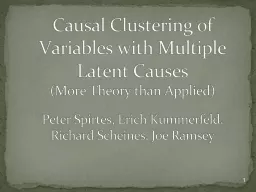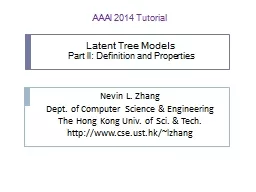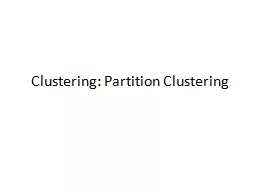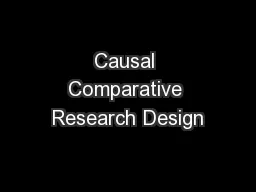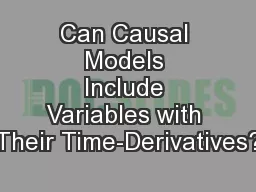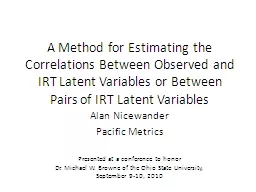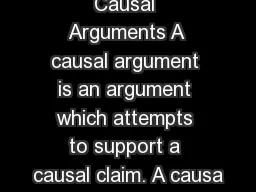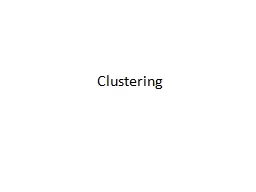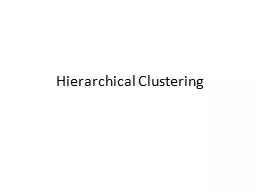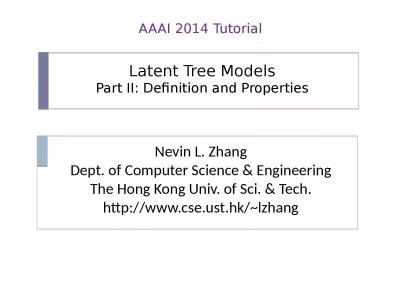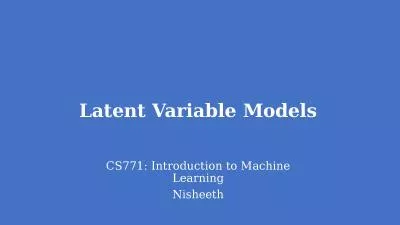PPT-Causal Clustering of Variables with Multiple Latent
Author : pasty-toler | Published Date : 2016-05-21
Causes More Theory than Applied Peter Spirtes Erich Kummerfeld Richard Scheines Joe Ramsey 1 An example Person 1 Stress Depression 3 Religious Coping Task learn
Presentation Embed Code
Download Presentation
Download Presentation The PPT/PDF document "Causal Clustering of Variables with Mult..." is the property of its rightful owner. Permission is granted to download and print the materials on this website for personal, non-commercial use only, and to display it on your personal computer provided you do not modify the materials and that you retain all copyright notices contained in the materials. By downloading content from our website, you accept the terms of this agreement.
Causal Clustering of Variables with Multiple Latent: Transcript
Download Rules Of Document
"Causal Clustering of Variables with Multiple Latent"The content belongs to its owner. You may download and print it for personal use, without modification, and keep all copyright notices. By downloading, you agree to these terms.
Related Documents

